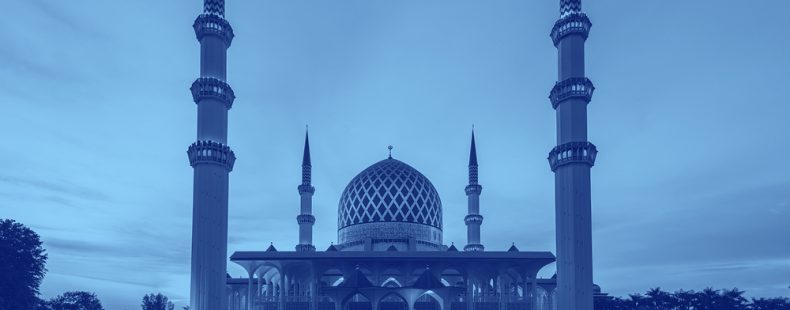Emojis for Islamic New Year
For Muslims, August of 2021 will bring the start of Muharram. Muharram, or Moharram, is the first month of the Islamic calendar. Islam uses a lunar calendar, so the exact dates of Muharram shift every year. In 2021, the Islamic New Year—the first day of Muharram—falls on August 9 and Muharram will last until September 8.
Islam is divided into two major sects: Sunni Islam and Shia Islam. The two sects mark Muharram differently. Followers of Sunni Islam view Muharram as a thoughtful time to be celebrated with fasting and solemn reflection. Shi’ites (followers of Shia Islam), on the other hand, view Muharram as a time of mourning. Shia Muslims mark Muharram as a time to mourn the martyr Husayn ibn Ali, a grandson of the prophet Muhammad.
Observances of Muharram differ depending on geographic location and which sect of Islam a person follows. Muslims may hold festivals, processions, or religious gatherings to celebrate the Islamic New Year. Shia Muslims often view the month much more solemnly and may fast the entire month, avoid joyous events, or don mourning clothes. In general, both sects of Islam view the 10th day of Muharram—known as the Day of Ashura—to be especially holy and will usually spend the day fasting, mourning, or listening to religious sermons.
For us, Muharram provides a good opportunity to learn a little bit more about Islam in general. To help make this fun, we’ll approach the topic using a script that many people simply cannot live without—emoji!


















